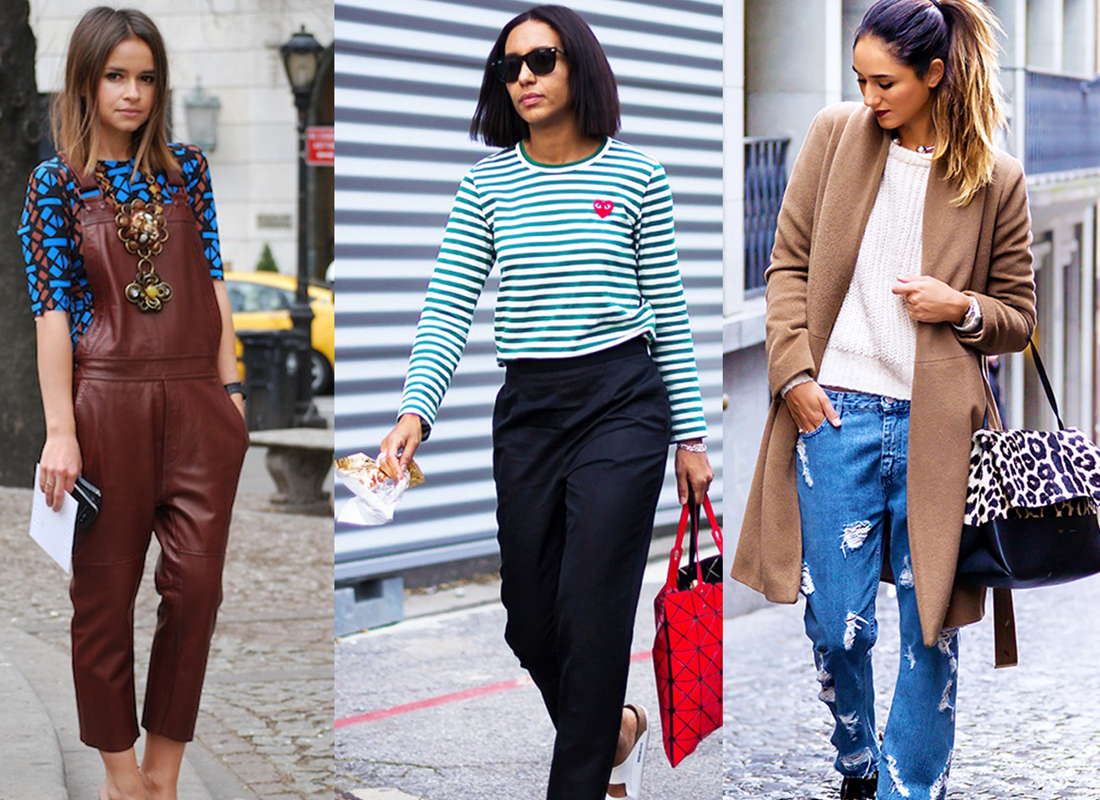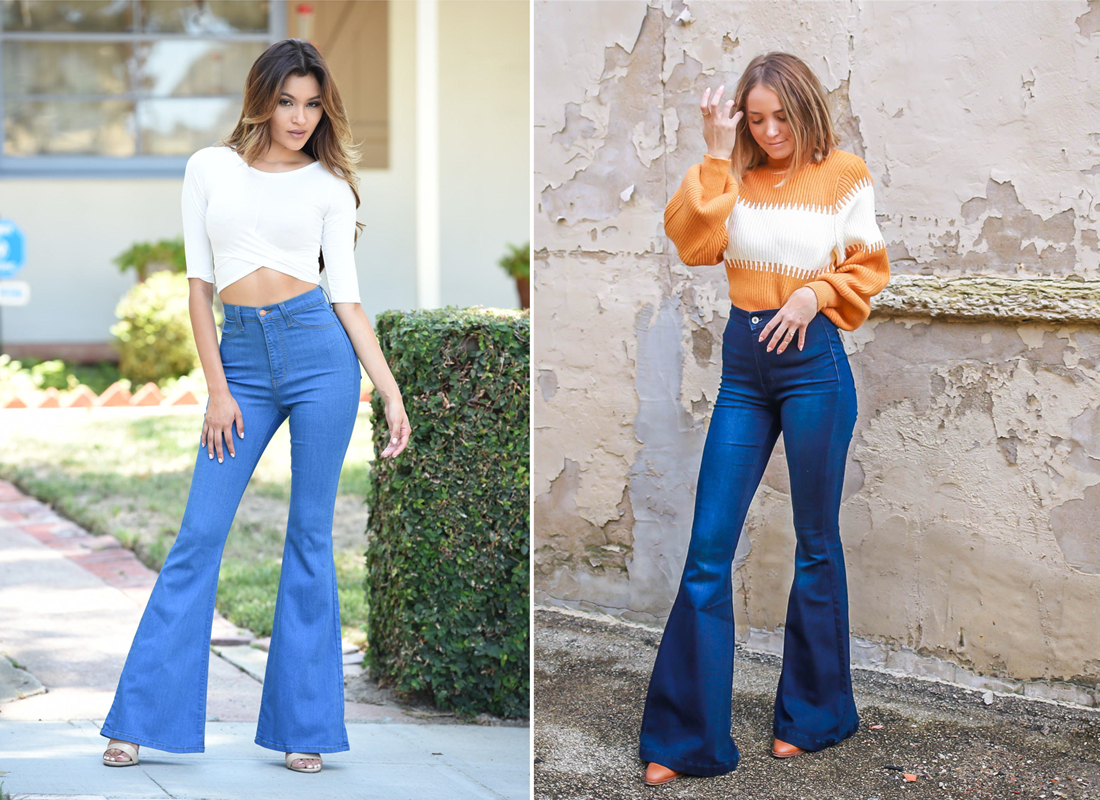In a fashion sense, some fashion trends are tied to societal or environmental factors. They change on account of the latest fads and theories about what’s “in” and what’s “out”. This can be anything from the social mores of men in the 1940s to the anti-establishment attitude of hippies in the 1960s to loud music and bright colours of punks in the 1970s.
Trends may come back, but not exactly like they were before. They cycle back in a form that’s different from the original one.
Sometimes, trends are cyclical not because they have “come back” but because the cycle is self-perpetuating. For example, there are trends that change because of popular new designers, who then start to set the standards for all future designers. So even when these later designers reject the designs of their predecessors, it’s still on account of what those predecessors did in their own time.
Here are some examples of the Cyclicality of fashion that many have experienced:
The rise and fall of punk music in the 1970s. The jeans worn by punks in the 1970s are now seen as a classic look.

The rise and fall of grunge fashion in the 1990s. Nowadays, it’s an everyday look that’s been adopted by everyone.
The early 2000s, when flip-flops were worn with a variety of different outfits. Now they’re just used for going to the beach or wearing around the house.
Hiking boots and technical gear in general were very popular from the mid-2000s onwards, because of their practicality for outdoor activities. Now they’re just what people wear when going out in the countryside.
The mid-2000s saw the rise of “girly” sneakers, and then by the late 2000s they’d fallen out of favour. Now shoes like this are coming back.
The early 2010s saw a return to dresses with short or off-the-shoulder sleeves, which had been popular in the 1950s and 1960s. Now, these have also fallen out of fashion again, and dresses with long sleeves are coming back.
On a grander scale, the basic color scheme of fashion has risen and fallen many times. Around the 14th century colors like black, white, and red were in vogue, but then these were replaced by brighter colors like yellow and blue.

